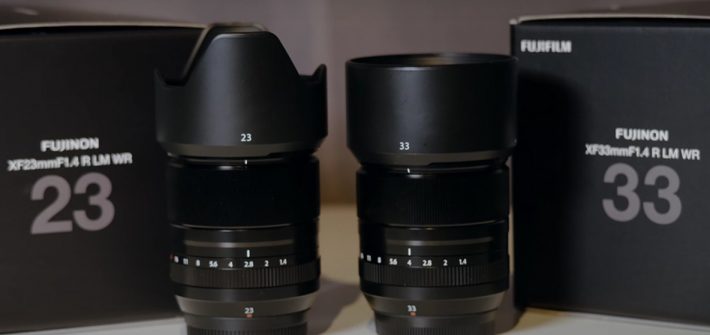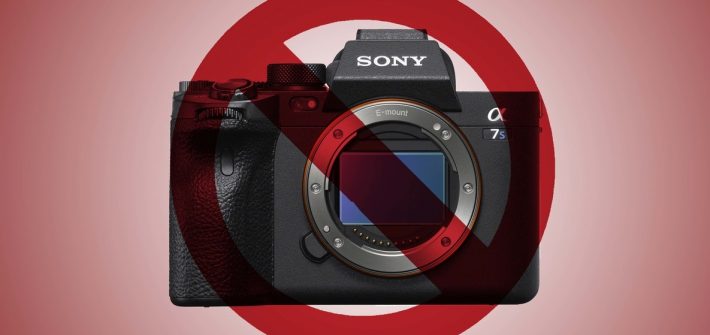High-end sports photography typically involves a combination of expensive camera bodies with even more expensive lenses. What compromises are involved when capturing fast-moving action using equipment that doesn’t cost tens of thousands of dollars?
![]()

Mirrorless hasn’t only won the battle, it’s won the war. Last year — 2020 — was a landmark as more mirrorless cameras were shipped than DSLRs. It is the primary design choice for manufacturers and is therefore the future of the camera. However, the future of photography undoubtedly lies with the smartphone.
![]()

Wide-aperture prime lenses are valuable for a huge range of genres and applications, and the Fujifilm XF 23mm f/1.4 R LM WR and XF 33mm f/1.4 R LM WR are two of the latest options for users of the ever-popular X Series line of mirrorless cameras. This excellent video overview discusses the image quality and performance of the two new lenses and offers a range of sample images for you to peruse.
![]()

It used to be that full frame was the largest sensor size most photographers could reasonably afford, with medium format reserved for rental houses and a few rare creatives. However, in recent years, we have seen an explosion of relatively affordable medium format options that open an entirely new system to many photographers. Before you take the plunge, check out this great video that answers some common questions about medium format and illustrates some problems you might encounter.

The Sony a7S series of cameras is strange. They’re described as stills cameras; however, most customers seem to use them for their video features. At best, they’re an odd compromise that doesn’t fit anywhere properly. For this reason, I’d like to discuss why Sony should get rid of this line completely or at the least, revamp the series.

Nikon’s Z 50 mirrorless camera has gained a fair bit of popularity by offering an affordable APS-C entry into the world of mirrorless cameras in a compact but capable body. The NIKKOR Z DX 18-140mm f/3.5-6.3 VR lens offers a huge range of focal lengths in a small body, making it a natural companion to the Z 50 for a wide gamut of uses. This excellent video review takes a look at the lens and the sort of image quality and performance you can expect from it in practice.

When I watch events, and the cameras swiftly pan by the crowded photographers trying to get the cover shot, I can’t help but scan for women. I do it when the receiver runs full force out-of-bounds and accidentally crashes into the sideline photographers. “Was there a woman in that crew?” Or on CSPAN when the camera pans back to the counsel’s table and you get that quick glimpse of the photographers sitting like sardines on the floor with their cameras. At the Olympics, especially, I’m always eyeing women. I don’t see them as often as I wish.